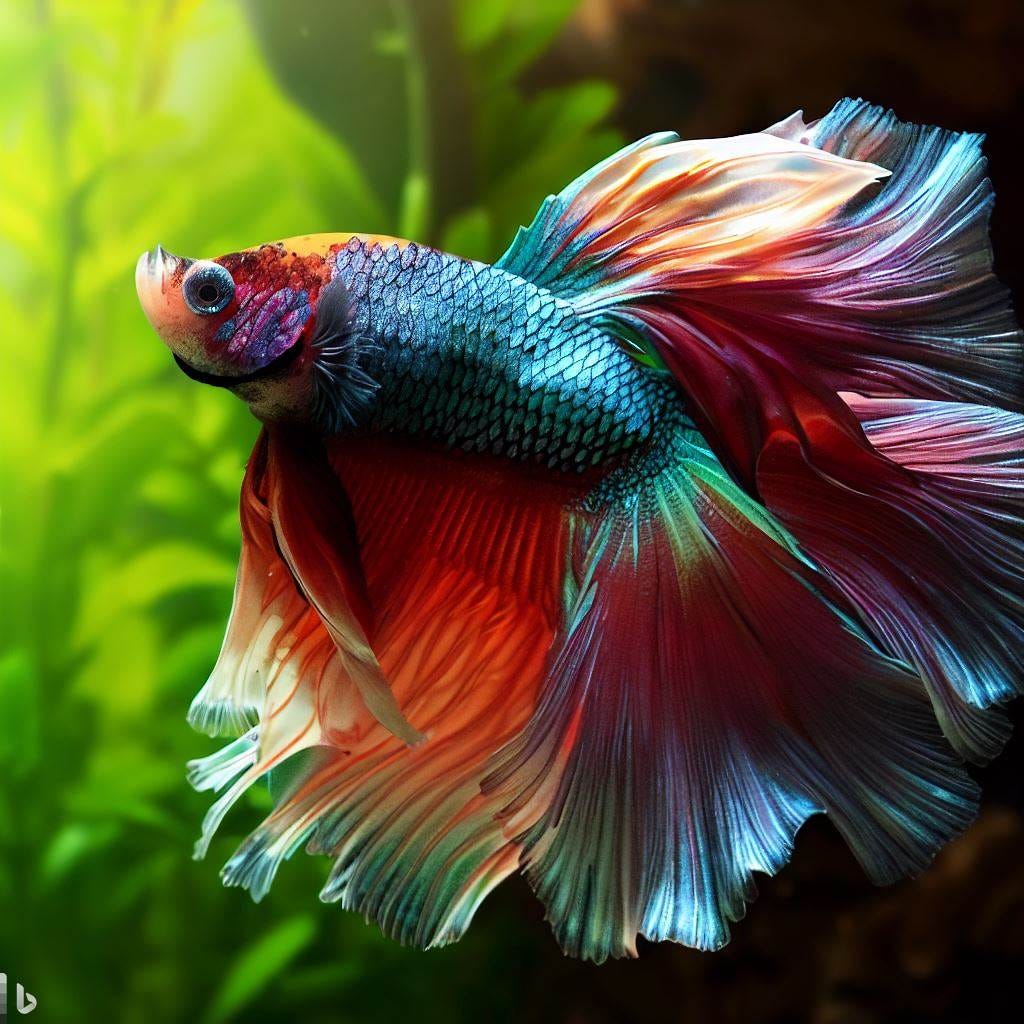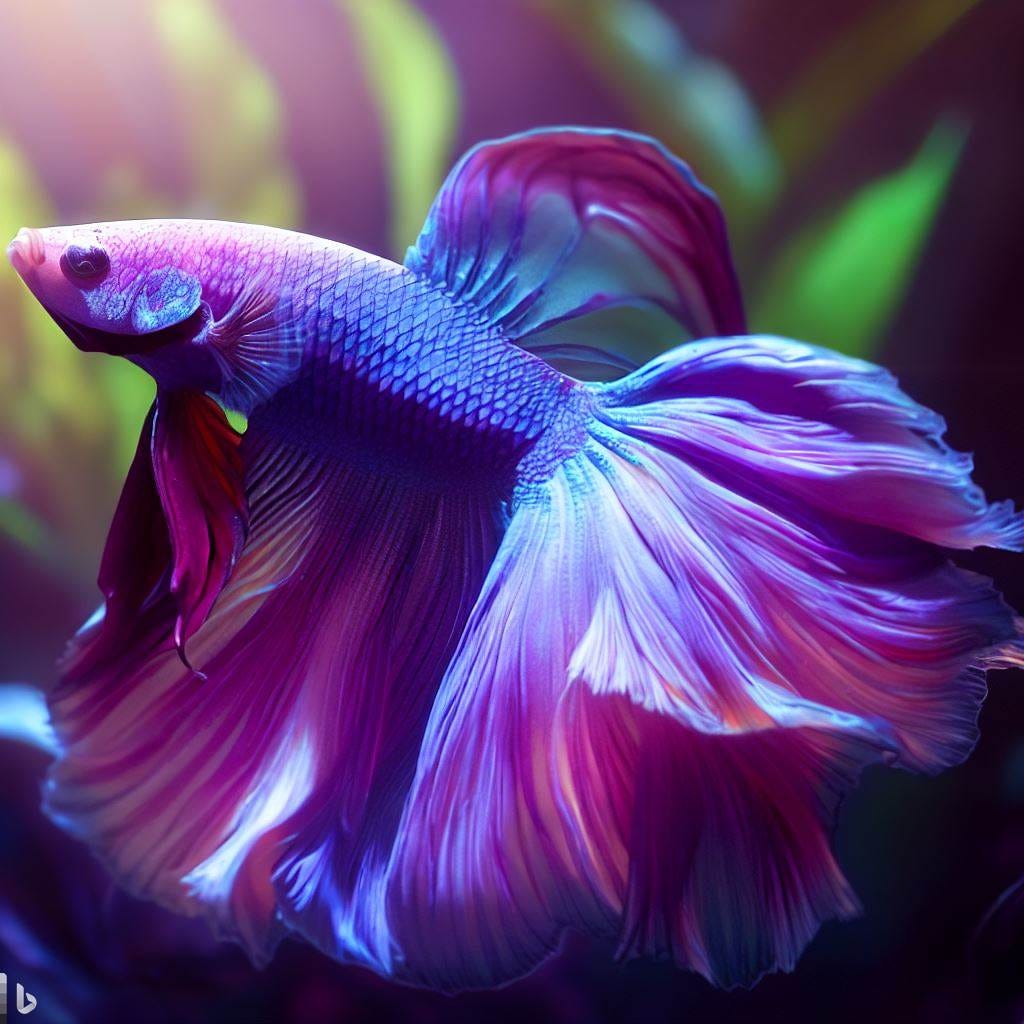Comprehending Betta Fish Behavior: What Every Proprietor Must Know
Comprehending Betta Fish Behavior: What Every Proprietor Must Know
Blog Article
How to Reproduce Betta Fish Successfully: Expert Techniques and Insights for Hobbyists Looking to Broaden Their Betta Collection
Breeding Betta fish calls for a nuanced understanding of genetics and ecological conditions, making it crucial for hobbyists to approach the procedure with both persistance and care. Developing an optimum reproduction setting, picking the right pairs, and observing the complexities of their courtship habits are fundamental steps that can significantly affect the outcome.
Recognizing Betta Fish Genes
Recognizing the genes of Betta fish is important for effective breeding, as it affects traits such as shade, fin shape, and habits. Betta fish show a varied selection of colors and patterns, greatly identified by their genetic make-up. The key genes responsible for pigmentation consist of the "B" gene for blue, "D" genetics for red, and the "C" gene for shade intensity. Breeders can adjust these attributes by choosing particular moms and dad fish that show wanted features.
Along with coloration, fin morphology is an additional substantial element of Betta genetics (betta fish). The shape and size of fins are affected by different genes, consisting of those that identify whether the fins are brief, long, or veil-shaped. Comprehending these hereditary variations helps breeders predict the phenotypic end results of their children
Furthermore, behavioral qualities such as aggressiveness and territoriality can also be influenced by genes. These behaviors play an important role in the reproducing process, as they can impact generating success and the general personality of the resulting fry. By adequately comprehending these hereditary principles, breeders can make educated choices, ultimately boosting their reproduction programs and accomplishing desirable outcomes.
Preparing the Breeding Setting
Creating an optimal reproduction environment is essential for the effective recreation of Betta fish. The very first action in preparing this atmosphere is to pick an appropriate breeding storage tank, ideally varying from 5 to 10 gallons.
Next, consider making use of a sponge filter or an air rock to give mild water blood circulation without producing solid currents that can worry the fish. It is necessary to mount plants or breeding cones to supply concealing areas and promote comfort for the female throughout the spawning procedure. Drifting plants, such as Java moss or water sprite, can additionally develop a much more native environment while helping with bubble nest structure by the man.
Before presenting the breeding sets, guarantee the water is conditioned and without dangerous chemicals, such as chlorine or hefty steels. betta fish. Routine water adjustments ought to be carried out to maintain optimal water quality, enhancing the opportunities of successful reproduction. With these preparations in position, the breeding setting will sustain the health and health of both Betta fish
Choosing Breeding Pairs
Selecting the ideal reproduction pairs is essential for accomplishing successful Betta fish recreation. Healthy Betta fish show lively shades, clear eyes, and active behavior.
Character is another vital factor to consider, as Betta fish are recognized for their aggressive nature. It is a good idea to pick a male and lady that exhibit suitable characters to reduce stress and anxiety during the breeding procedure. A calm male can encourage a smoother courtship, while a woman that is also aggressive may disrupt the process.
Genetic background also plays a substantial duty in the high quality of the children. Breeding fish that are genetically diverse can lower the threat of hereditary health and wellness issues and improve the general vitality of the fry. It is helpful to research the lineage of both the male and lady, focusing on preferable traits such as fin type, color scheme, and size.
The Reproduction Process
The reproduction process of Betta fish calls for careful planning and attention to detail to make certain a successful outcome. It is essential to prepare a suitable breeding tank, ideally a 5-10 gallon fish tank with a temperature preserved at 78-80 ° F. The storage tank must be outfitted with a heating unit, filter (ideally sponge type to prevent solid currents), and lots of water plants for the woman to hide.
As soon as the environment is established, present the selected breeding pop over to this web-site set to the storage tank, enabling them to adapt. Observe their habits; the male will present sophisticated courtship routines, including flaring his fins and building a bubble nest. If the lady reveals interest, she will certainly present upright stripes suggesting preparedness for spawning.
When the lady is responsive, the set will engage in a mating accept, throughout which the male feeds the eggs. Keeping ideal water conditions during this period is crucial for the advancement of healthy Betta fry.
Taking Care Of Betta Fry

Feeding Betta fry is essential, as they require a diet regimen high in healthy protein. They can be fed infusoria or fluid fry food, transitioning to finely crushed premium pellets as they grow. Feed little parts several times a day to urge healthy and balanced development without overwhelming the storage tank with uneaten food.

As they develop, monitor their growth very closely and separate any hostile people to stop harm. By providing a supporting environment and appropriate nutrition, hobbyists can successfully increase Betta fry right into vivid, healthy and balanced fish, inevitably boosting their reproduction undertakings.
Conclusion
Successful Betta fish breeding requires you could check here precise interest to genetic selection, ecological problems, and take care of the fry. By understanding the genes of Betta fish and preparing a suitable breeding setting, enthusiasts can boost the possibilities of creating vibrant, healthy and balanced spawn. Choosing compatible reproduction sets and very closely checking the courtship and spawning procedures are vital. Supplying ideal care for the fry guarantees their healthy development, contributing to a growing Betta collection.
Report this page